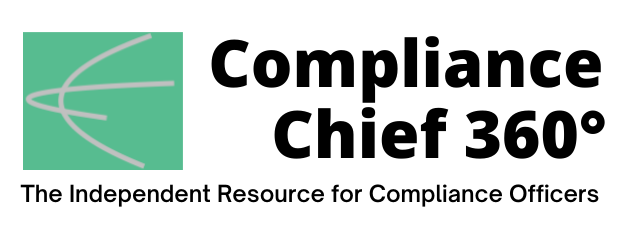
The rapid advancement of artificial intelligence (AI) has ushered in an era of unprecedented technological transformation, promising to revolutionize industries, enhance human capabilities, and reshape the very fabric of society.
As with any transformative force, though, AI also presents a range of challenges and ethical concerns that demand careful consideration and decisive action. While many technology experts are still debating whether or not AI technologies could present an existential threat to humanity, the dangers of its misuse are clear to many. In the wrong hands of those with mischievous goals, AI can be used to help commit crime, aid terrorism, and circumvent security measures. Already, AI is being used to create audio and video “deep fakes” that impersonate voices or video likenesses to deceive our own eyes and ears.
In recognition of the profound impact of AI, as well as its potential dangers, the Biden Administration issued an Executive Order on Artificial Intelligence last month, outlining a comprehensive framework for the “safe, secure, and trustworthy development and use of artificial intelligence.” The executive order on AI sets new standards for AI safety and security, has new privacy provisions, and more.
“My Administration places the highest urgency on governing the development and use of AI safely and responsibly, and is therefore advancing a coordinated, Federal Government-wide approach to doing so,” President Biden stated in the order. “The rapid speed at which AI capabilities are advancing compels the United States to lead in this moment for the sake of our security, economy, and society.”
The Executive Order’s Pillars of AI Governance
The Executive Order on AI establishes a set of guiding principles for the development and deployment of AI across various sectors of the federal government. These principles emphasize the importance of:
- Safety and Security: Ensuring that AI systems are designed, developed, and deployed in a manner that protects against potential harms, including safety risks, algorithmic bias, and privacy violations.
- Reliability and Robustness: Fostering trust in AI systems by ensuring their reliability, accuracy, and resilience against adversarial attacks or manipulation.
- Equity and Civil Rights: Preventing and mitigating potential harm to civil rights and ensuring that AI systems do not perpetuate or exacerbate societal inequities.
- Public Trust and Transparency: Promoting transparency and accountability in the development and use of AI systems, allowing individuals to understand how AI is impacting their lives and providing mechanisms for redress in case of harm.
Key Provisions and Initiatives of the Executive Order on AI
To operationalize these principles, the Executive Order on AI outlines a series of concrete actions and initiatives. These include:
- Establishing AI Governance Structures: Directing federal agencies to establish AI governance structures that align with the principles outlined in the order, including the designation of AI risk officers and the development of AI risk management policies.
- Advancing Responsible AI Innovation: Promoting responsible AI innovation by funding research and development in AI safety, fairness, and explainability, as well as supporting the development of AI standards and best practices.
- Protecting Federal Workers: Ensuring that AI systems used in the federal government are designed and deployed in a manner that protects the privacy, equity, and civil rights of federal workers.
- Managing Risks from Government AI Uses: Establishing a framework for identifying, assessing, and managing risks associated with the use of AI in government decision-making, including the potential for bias, discrimination, and unintended consequences.
Promoting AI for Societal Benefit
While addressing the potential risks of AI is crucial, the Executive Order also recognizes the immense potential of AI to address societal challenges and improve human well-being. The order emphasizes the importance of:
- Promoting AI for Public Benefit: Encouraging the development and use of AI to address public policy goals, such as improving healthcare, enhancing education, and protecting the environment.
- Fostering an AI Talent Ecosystem: Investing in programs to develop the AI skills and expertise needed to support the responsible development and use of AI in the United States.
- Promoting AI Innovation and Competition: Fostering a competitive and innovative AI ecosystem in the United States that encourages the development of groundbreaking AI technologies.
- Advancing American Leadership in Global AI: Strengthening the United States’ leadership in global AI governance, promoting international cooperation, and ensuring that AI is developed and used in a manner that aligns with democratic values and human rights.
A Roadmap for Responsible AI Development
The Biden Administration’s Executive Order on Artificial Intelligence marks a significant step towards ensuring that AI is developed and used in a manner that aligns with the principles of safety, reliability, equity, and public trust. By establishing a clear framework for AI governance, promoting responsible AI innovation, and fostering an AI talent ecosystem, the order lays the foundation for a future where AI can be harnessed for the benefit of society while mitigating potential risks.
As AI continues to evolve, the implementation of this order will be crucial in navigating the complexities of this transformative technology and ensuring that AI is a force for good in the world. ![]()
Joseph McCafferty is editor & publisher of Compliance Chief 360°.

